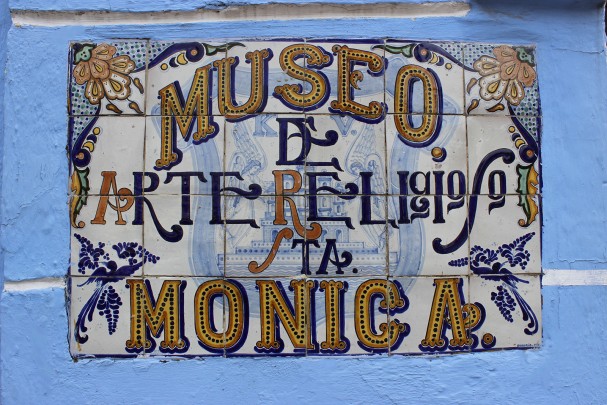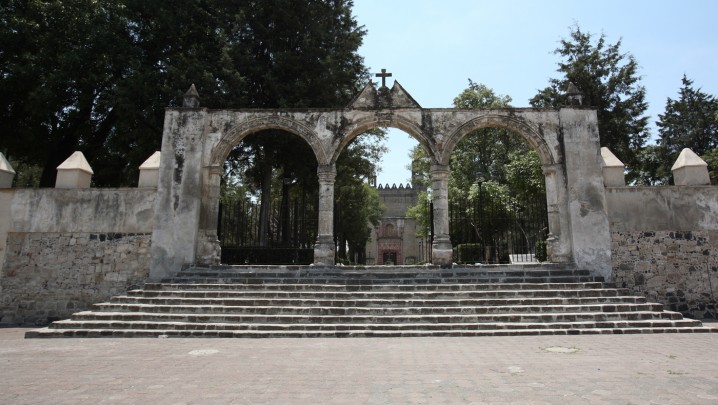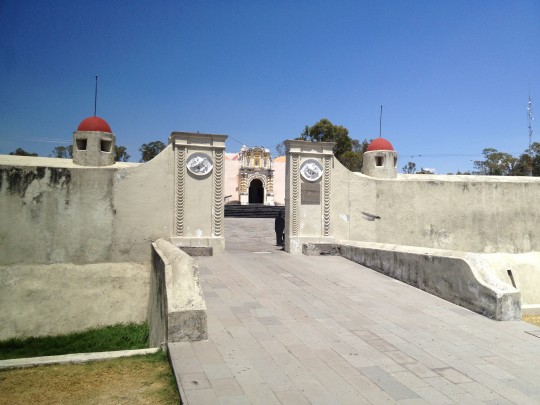INAH Museums Network
10 Museums
Historic place
The first museum dedicated to female monastic life during the seventeenth to twentieth centuries. The objects in the collection reflect a variety of customs and roles. There is a fine collection of paintings by renowned artists.
Puebla
Archeological site
A new museum displaying one of the most ancient urban settlements: the most extensive and populous in Mesoamerica and a great exporter of obsidian. It has numerous intricate streets, plazas and walls, many ballcourts and a religion which extolled self-sacrifice.
Puebla
Archeological site
At first the inhabitants of this site fought the Spanish conquistadors, then after a great slaughter Cholula allied itself to conquer Tenochtitlan. The museum tells the story of its inhabitants from the ninth century, with themes covering excavations, pottery, funerary customs and mural painting.
Puebla
Archeological site
Offering a unique view of the Valley of Tehuacan, the site museum of Tehuacan el Viejo has a rich collection of archeological material and audiovisual clips on Ndachjian, better known as Tehuacan, the most important city today in the east of the state of Puebla.
Puebla
Archeological site
Teteles de Santo Nombre is the largest Pre-Hispanic city of the Tehuacan-Zucatlan region. The site museum displays part of the history of one of the most important urban settlements in the central region of Mexico from the Classic period.
Puebla
Historic place
“The nation’s arms are covered in glory” wrote general Zaragoza in his war report. He commanded the infantry and the forts of Loreto and Guadalupe. The fort of Guadalupe’s exhibitions tells its own story, victory at the Battle of Puebla and the triumph of the Republic.
Puebla
Local
Franciscan monastery built between 1544 and 1570 in the Plateresque and Mudéjar styles with one of the few Simon Pereyns altarpieces in Mexico. It illustrates missionary work in central Mexico during the colonial period through a wide range of objects.
Puebla
Historic place
The beautiful chapel of the Virgin Mary, the chaplain’s house, a military barracks and four bastions make up this strange, airy building on a lofty site whose seven galleries tell the story of the fort in the wars of Independence, Reform, Intervention and the Revolution.
Puebla
Local
According to Justo Sierra, the ancient Mexicans were people of corn. This plant of humble origins was domesticated and greatly improved over the course of a long and astonishing social and biological history, as set out in this museum, together with the ancient figures of pre-Hispanic gods.
Puebla














